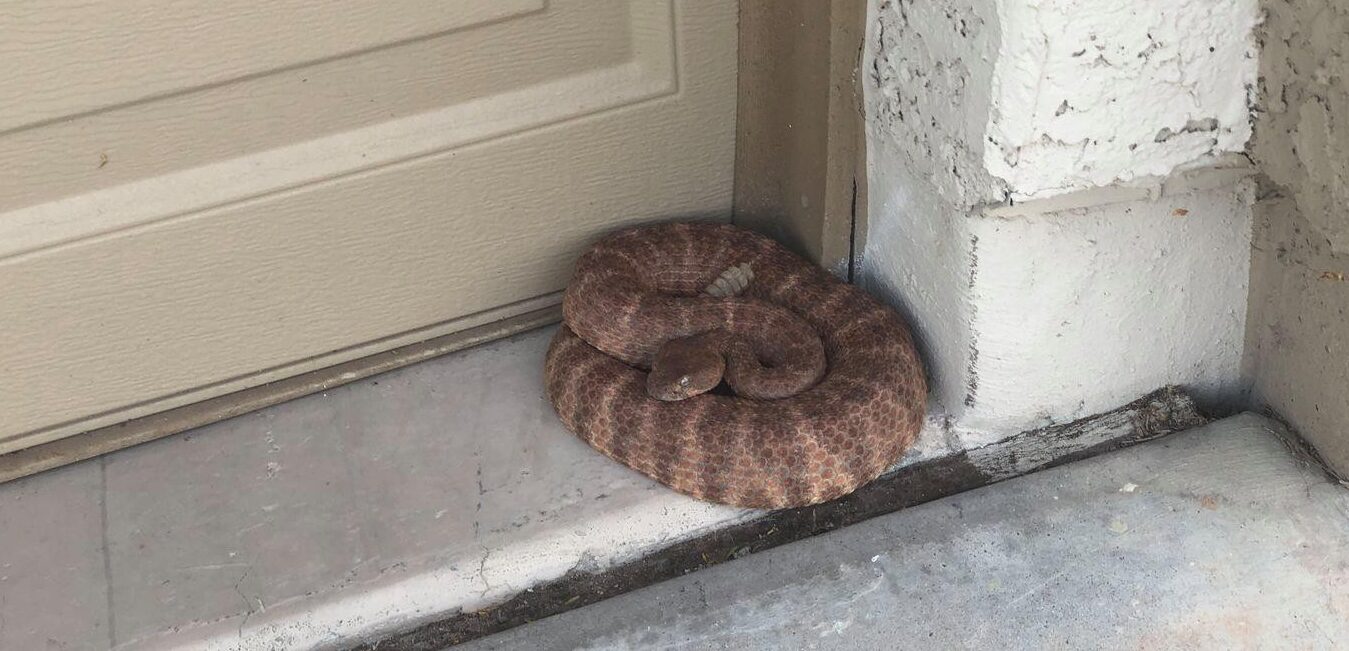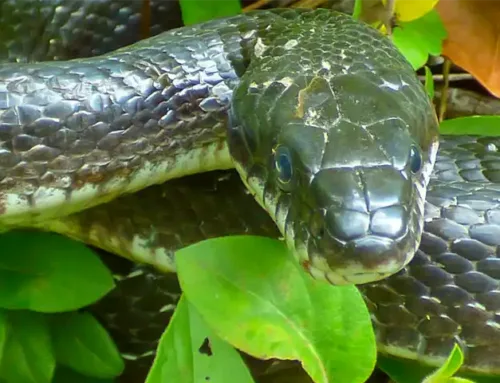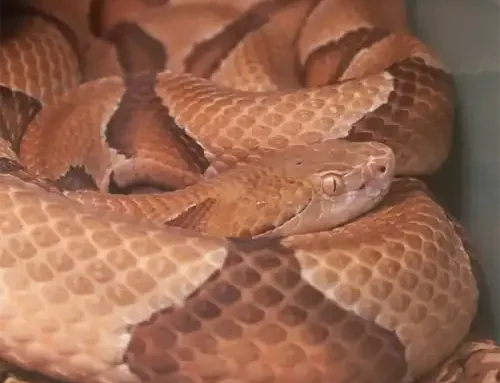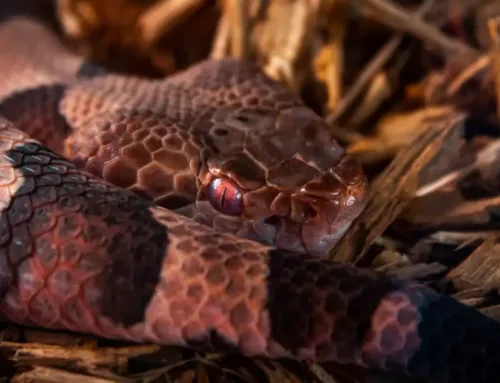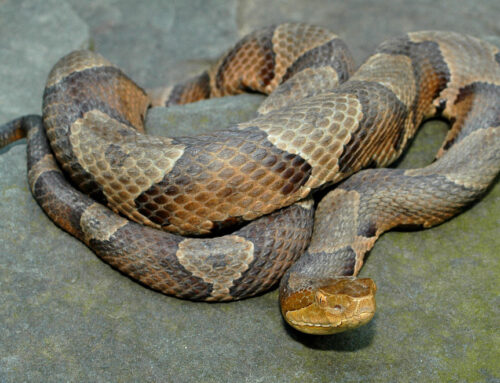A Snake is in the House – What to Do?
Snakes may enter a house to seek food (rodents, mice) or temporary shelter. Some snakes may try to overwinter in a basement or cellar area; they depend on their external environments to regulate body temperatures.
The simplest way to remove a harmless snake is to open an exterior door and use a broom or shovel to help escort the snake outside. If the snake is coiled, you can place a trashcan over it, then slide stiff cardboard underneath to scoop up the snake. If the snake is non-venomous and you are comfortable with snake handling, put on leather gloves and pick up the snake directly by the end head while supporting its body with your other hand.
Sometimes homeowners find a snake shed in their basement, indicating that a snake is there. If you are searching for the snake to remove it, look in warm protected areas where the snake may be hiding. Check around appliances, including computer display monitors. You can also set up a heating pad (set to low) in a semi-protected area to see if you can lure the snake to that spot.
Never release a snake found indoors in the cold winter months into the wild; snakes need to hibernate and won’t be able to survive in the cold weather. Call your closest permitted reptile rehabilitator.
After removing the snake, search for all entry points and completely seal holes and cracks; mouse-proofing your home will also effectively snake-proof it!
Snake Deterrents and Exclusion
There is a variety of commercial snake repellents on the market, though the Center cannot confirm that they are effective and/or humane.
Exclusion is the only long-term solution for snake-proofing your home and property; this may be as difficult as rodent-proofing since snakes are often found in the same areas. Inspect the exterior of your house, from the foundation to the eaves. Both mice and snakes can climb!
Snakes can be fenced out of a specific area; some homeowners may choose to do this to provide a snake-free area for children to play in, particularly snake-heavy habitats.

